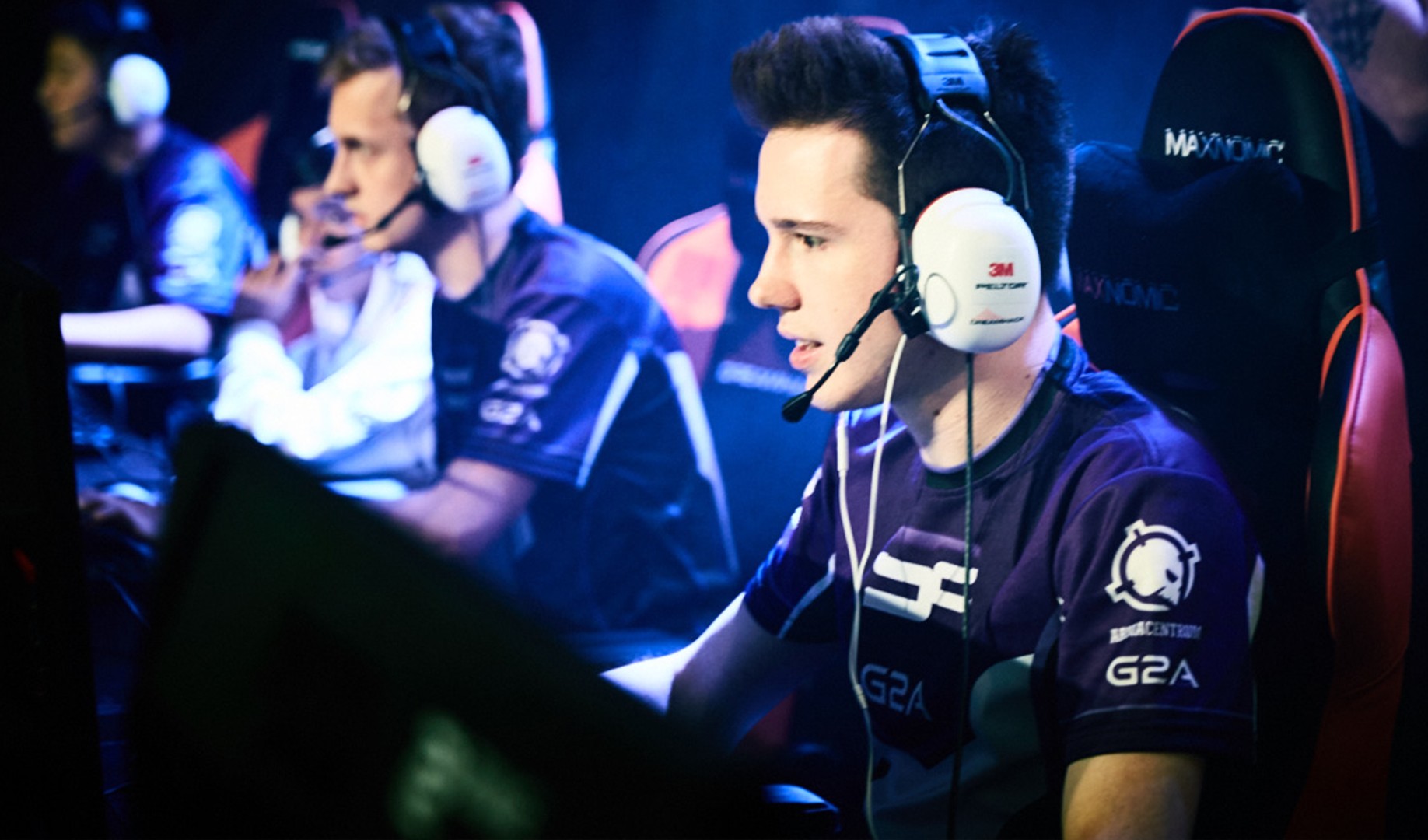Fuudo, Xian, RB, members of Team Razer. Photo courtesy of Team Razer
Advertisement
Advertisement

Advertisement
Advertisement
Jack "White-R" Liang and Matthew "Blitzman" Lam at the Fight for the 6ix tournament. Photo by author
Fuudo, Xian, RB, members of Team Razer. Photo courtesy of Team Razer

Jack "White-R" Liang and Matthew "Blitzman" Lam at the Fight for the 6ix tournament. Photo by author